Yugo GV
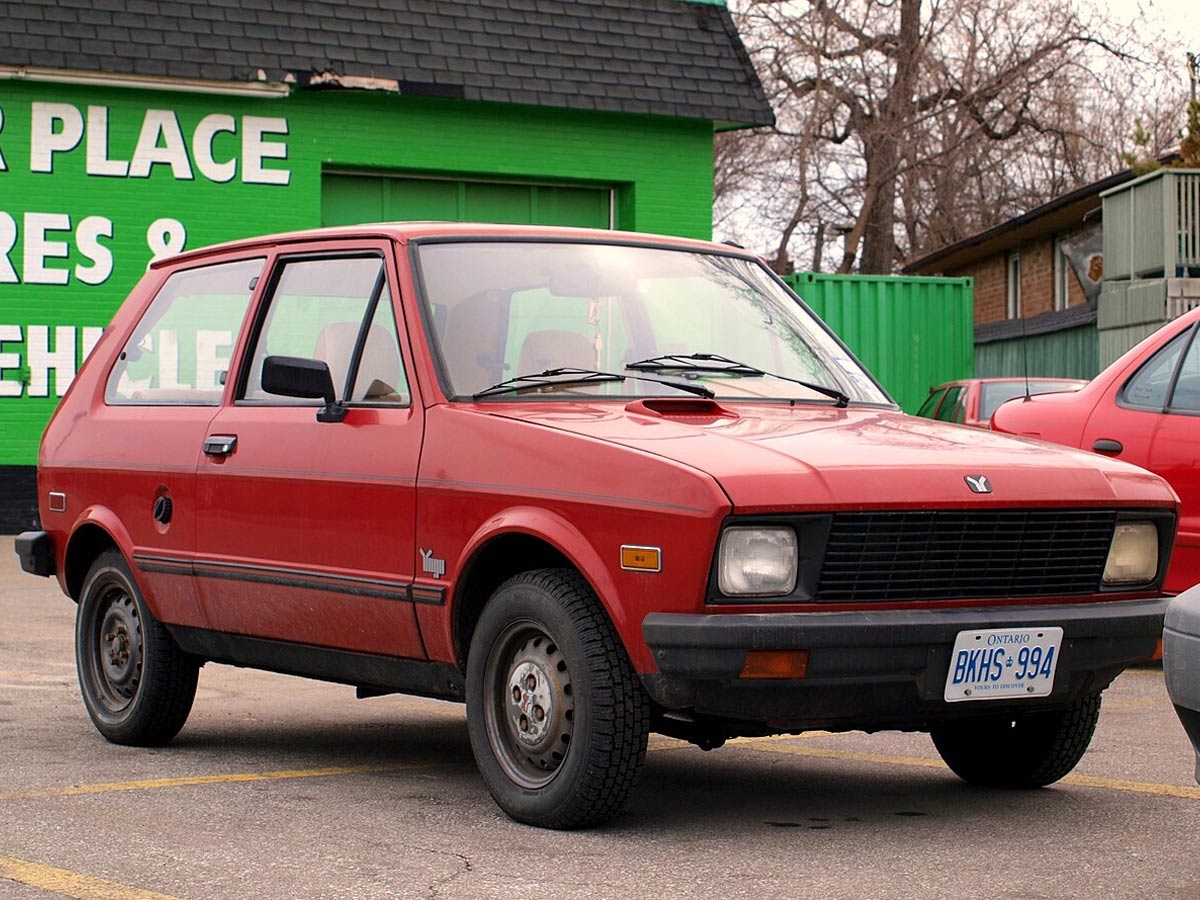
The Yugo GV is infamous for its reputation as one of the most dangerous cars ever produced. Manufactured in Yugoslavia during the 1980s, its low price and compact design made it appealing, but its build quality and safety features were severely lacking. The Yugo GV suffered from frequent mechanical failures, including brake malfunctions and even engine fires.
Its poor construction led to a high risk of accidents and injuries, and it is said that there were at least three fatalities for every 10,000 vehicles made. The Yugo GV's legacy serves as a cautionary tale about the importance of quality control and safety standards in automobile manufacturing.
Audi 5000

The Audi 5000, produced in the 1980s, faced significant safety concerns that tarnished its reputation. Reports of unintended acceleration led to nearly 700 accidents and six fatalities, prompting a widespread recall.
Investigations revealed design flaws, including placement of the brake and accelerator pedals, contributing to driver error. Though later models were improved, the damage to Audi's image persisted for quite some time.
Kia Rio
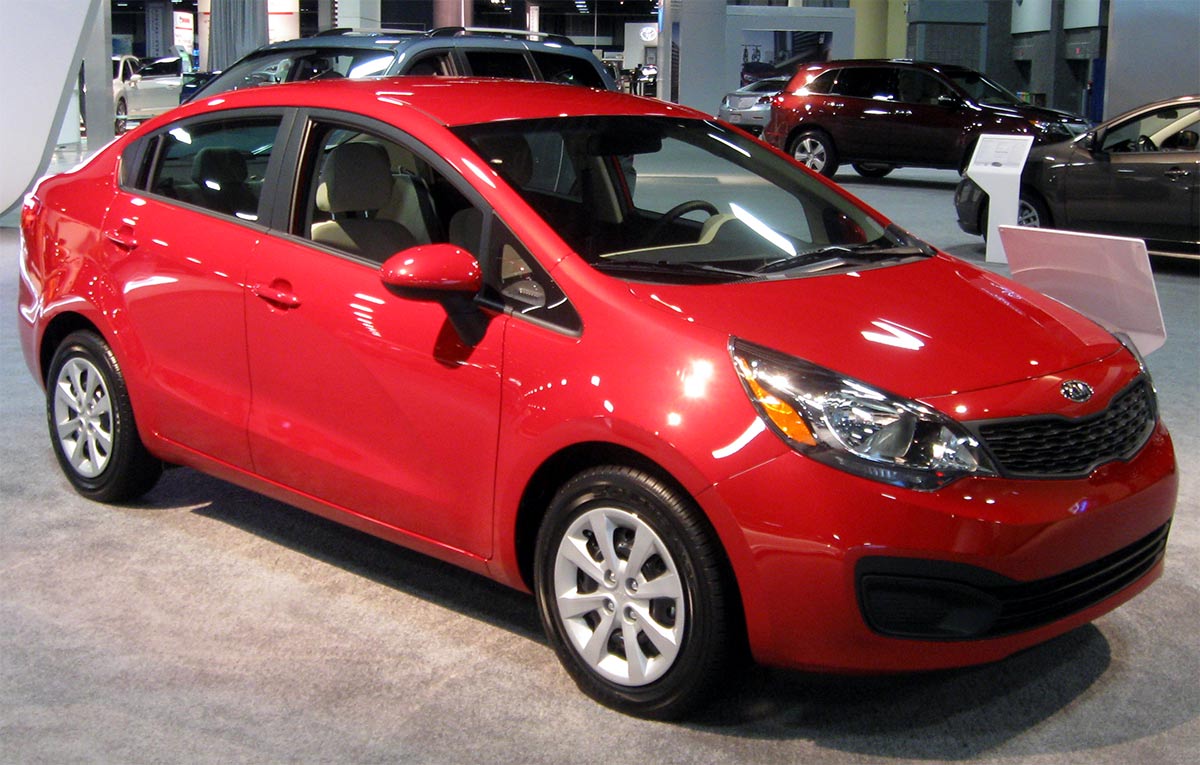
Although the Kia Rio is a popular compact car, it has undergone significant improvements over its production history. Earlier models faced criticism for safety concerns and were rated poorly in crash tests, raising doubts about their safety features.
According to Motor Trend, there are about 122 fatalities per million registered vehicles. While newer models may be safer, there's still plenty of older ones out on the road.
Ford Pinto

The Ford Pinto, produced in the 1970s, gained notoriety for its safety issues, particularly regarding its fuel system. Criticized for its design flaw, the Pinto's rear-mounted fuel tank was susceptible to rupturing in rear-end collisions, leading to fires and fatalities.
Internal memos revealed that Ford was aware of the risks during development but chose not to address them due to cost concerns. The resulting scandal tarnished Ford's reputation and led to costly legal battles. Some reports suggest that the fatality toll was around 27, while up to 180 people had at least suffered from severe burns.
Chevrolet Corvair
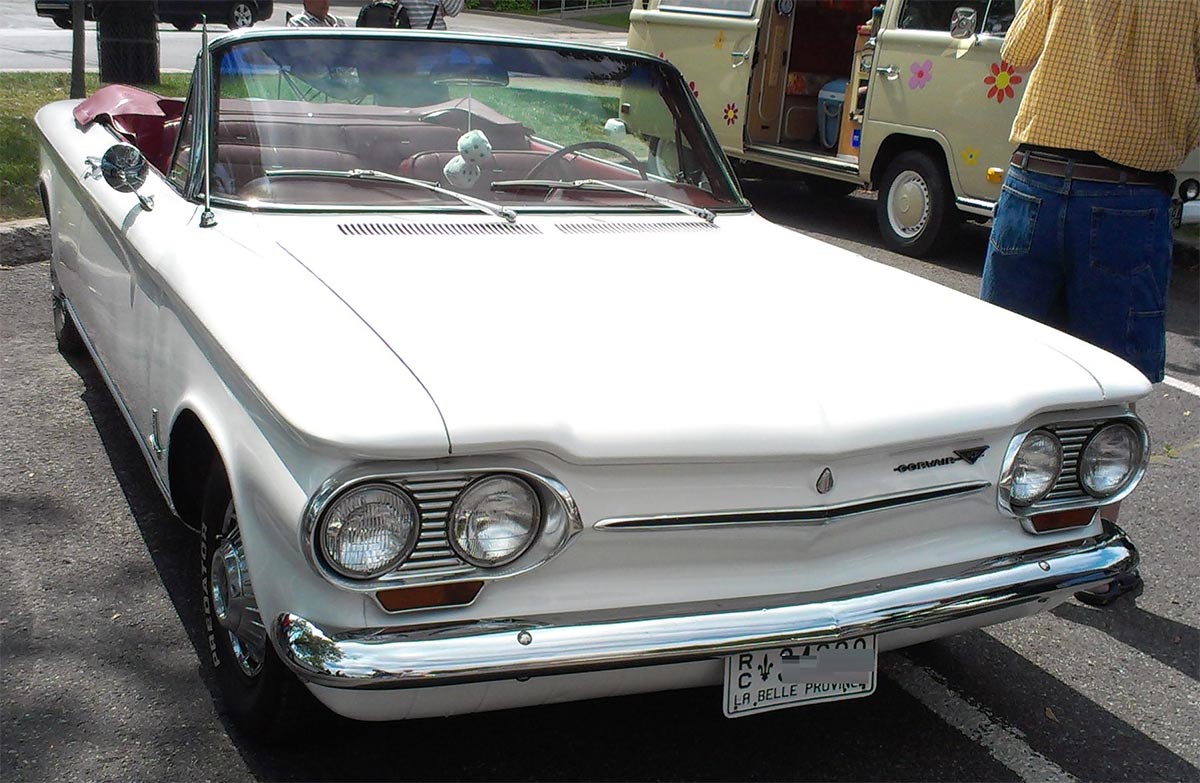
The Chevy Corvair, produced in the 1960s, faced controversy due to safety concerns and design flaws. Its rear-engine layout and swing-axle suspension made it prone to oversteer and instability, leading to accidents and rollovers.
Consumer advocate Ralph Nader's book Unsafe at Any Speed: The Designed-In Dangers of the American Automobile highlighted these issues, bringing national attention to Corvair's safety shortcomings. Despite improvements made in later models, including the addition of an independent rear suspension, the damage to the Corvair's reputation was irreparable.
Chevrolet Cobalt
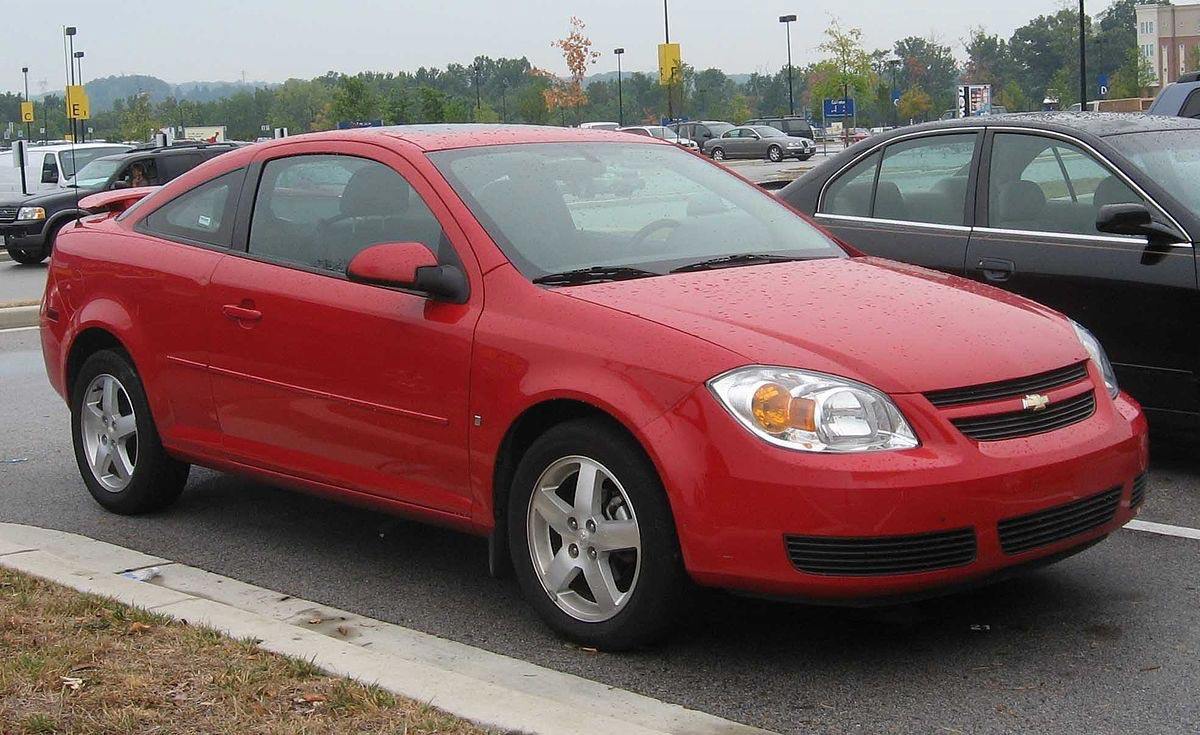
The Chevy Cobalt, produced from 2004 to 2010, became infamous for its ignition switch defect, which led to numerous accidents and fatalities. Faulty switches could inadvertently turn off the engine while driving, disabling crucial safety systems like airbags.
General Motors was severely criticized for delaying recalls and failing to address the issue promptly. The scandal resulted in congressional hearings, massive recalls, and substantial legal settlements.
BMW Isetta
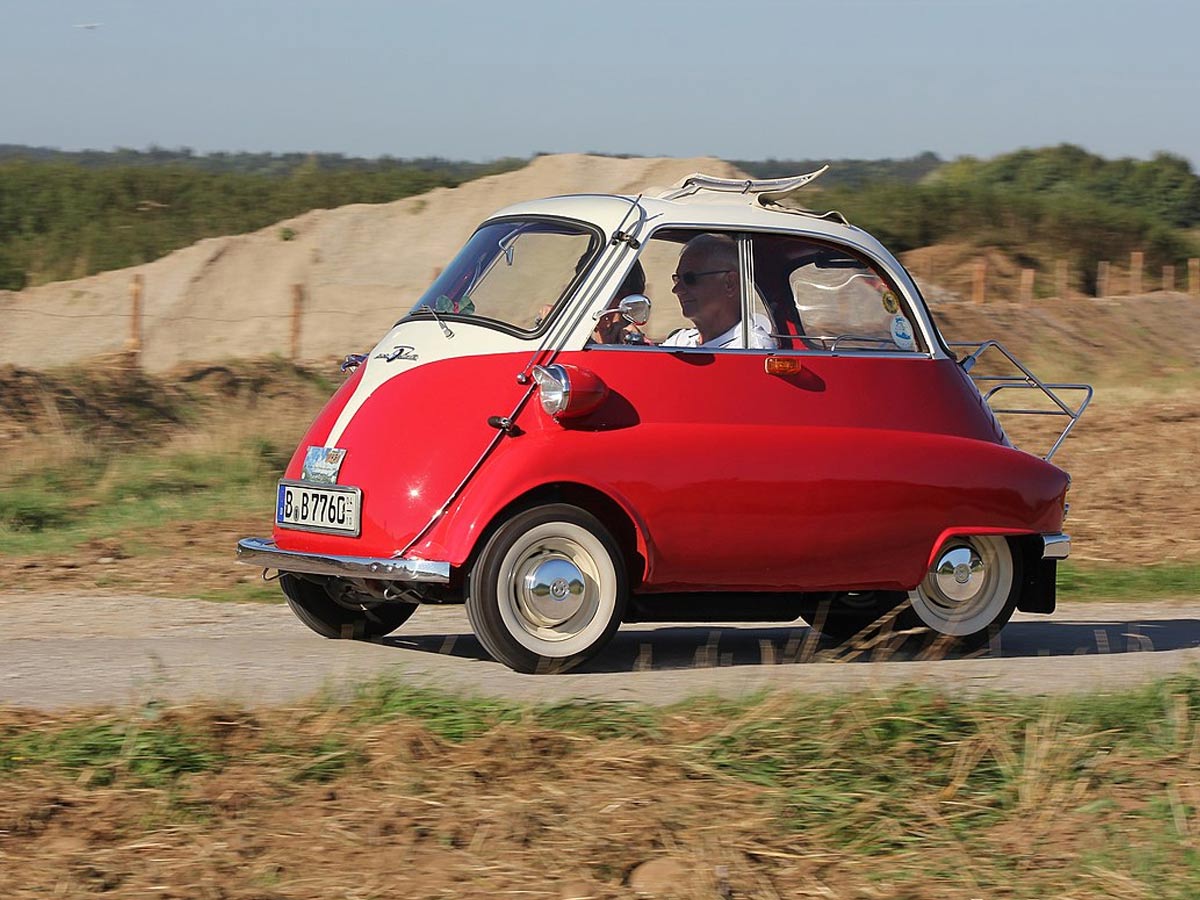
While the BMW Isetta garnered popularity for its efficiency and affordability, the Isetta also faced safety concerns due to its unconventional front-opening door. In the event of a frontal collision, the door posed a significant risk to occupants' safety as it served as the only means of entry and exit.
Since it was also the only door on the vehicle, it meant that passengers and drivers could be trapped inside the vehicle in the event of a crash.
Ford Bronco
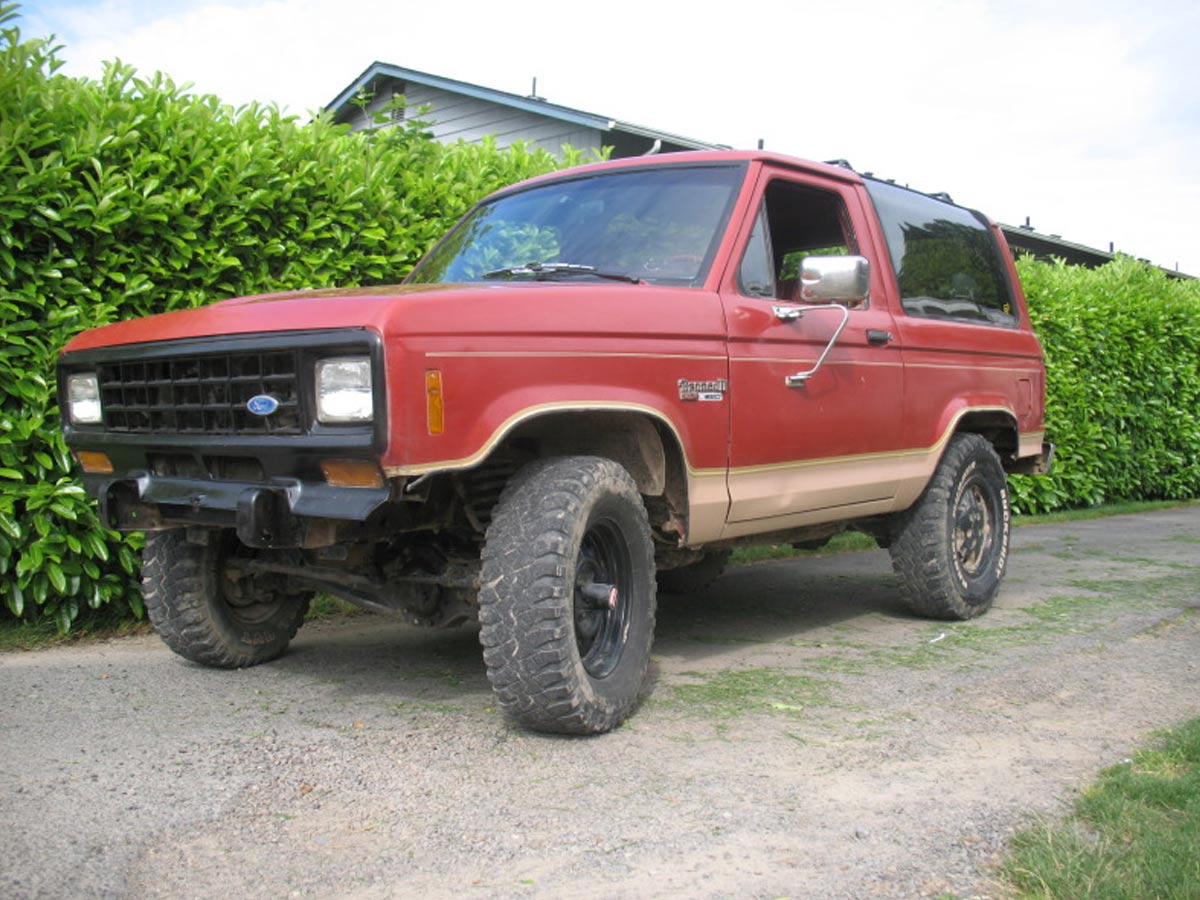
The Ford Bronco II, produced in the 1980s and early 1990s, suffered from numerous safety issues, including its susceptibility to rollover. Its high center of gravity and narrow track width could cause it to tip, especially during sudden maneuvers or sharp turns.
Numerous lawsuits and government investigations regarding its safety prompted Ford to issue recalls and make modifications to improve stability. However, despite its efforts to address these concerns, the Bronco II's reputation for rollover accidents persisted, ultimately leading to its discontinuation.
Pontiac Fiero

The appropriately named Pontiac Fiero, produced from 1984 to 1988, suffered from a wave of problems. Early models were prone to engine fires due to inadequate cooling systems, leading to recalls.
Despite its initial popularity, the Fiero also faced criticism over safety concerns, particularly regarding its handling and reliability. Additionally, its suspension and braking systems were criticized for subpar performance, affecting its overall driving dynamics.
Toyota Yaris

Research conducted by the Highway Loss Data Institute revealed that the Yaris exhibited the highest frequency of personal injury claims, registering 28.5 claims per 1,000 Yaris vehicles insured by the industry.
of course, much of this has to do with the vehicle's size since being in a smaller vehicle makes you much more vulnerable to personal injury in the event of a crash. Today, the Yaris is discontinued.
 Author
James Stephens
Last Updated: November 23, 2025
Author
James Stephens
Last Updated: November 23, 2025